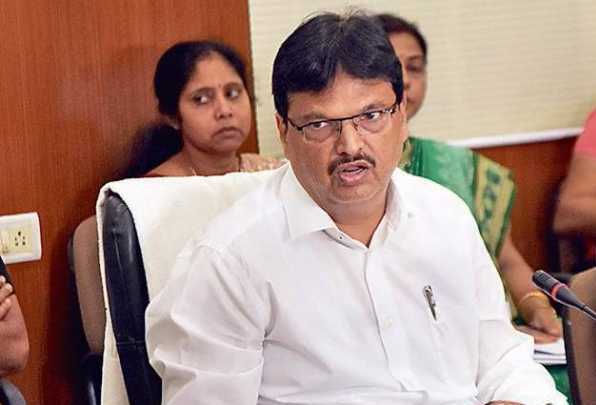Santosh Kumar Mohapatra
Odisha’s Finance Minister Niranjan Pujari is set to present his second state budget. It is a very difficult time for him to be helming the exercise, with the share of states from the divisible pool facing cuts. The Centre’s revenue, too, is dwindling from recessionary tendencies, including stagflation.
Opposition parties in the state allege that the government is yet to spend all the allocated funds. Funds surrendered by different departments have surpassed the quantum of supplementary provisions from 2009-10. The state needs to first utilise the funds allocated.
Each year, a separate agriculture budget is presented. But its positive impact remains to be seen. Many cold storages in the state are still defunct and more facilities must be built or revived to meet a growing need. Every year, the target to enhance irrigation potential and outcome of effort should also be made known to people.
Odisha depends on other states for agricultural produce such as potato, fish, onion, eggs and vegetables. The state should work towards self-sufficiency, say, on one item per year. Adequate subsidies or interest subvention should be provided besides plans to protect farmers from crop losses and debt.
The state should also try to address indicators on which Odisha is lagging the national average. Inflation rate in Odisha was 9.41 per cent as against the national average of 7.35 per cent in December 2019.
The common man in rural Odisha is the hardest hit by the inflation rate, which was the highest at 9.73 per cent. The annual inflation rate of 8.5 per cent in urban Odisha is the fourth highest. Unemployment rate in the state is about 7.1 per cent, compared with the national average of 6.1 per cent. The government needs to address these problems.
Another area of major concern is vacancies in educational institutions and government departments. It is an offshoot of neo-liberalism and a nationwide policy of downsizing. The state government needs to break the shackles first. It needs to create jobs in the organised sector first, which will ultimately lead to job creation in the informal sector. Small, cottage industries must be encouraged. Filling vacancies in the health sector should also receive priority.
Tourism should also be developed as it has huge potential to create jobs. Many spots can still be developed as tourist or picnic spots.
About five crore people in India are dragged into debt each year over healthcare expenditure. Many suffer from not taking hyper/hypotension and diabetes medicines regularly. The state government should supply medicines for the management of these conditions free of cost to the poor. Health counsellors must also be posted in each rural and urban high school to teach yoga or sports.
Government can reduce use of electricity, and hold official functions in a simple manner, besides cutting down on foreign tours of officials and forbidding use of office vehicles for private purposes. Resources crunch is a major impediment to progress. It was 6.42 per cent in 2017-18 is estimated at 6.10 per cent in 2019-20. But according to the thirteenth finance commission recommendation, it should be at least 6.75 per cent of GSDP.
The state’s own revenue as percentage of GSDP was 7.68 per cent in 2005-06. It has reached record high of 9.51 per cent in 2015-16 and now revolves around 8.30 per cent over the last three years and is estimated to be 8.32 per cent in 2019-2020.
It means the state has to explore new avenues to raise resources. However, it is better than states’ average of 8 per cent.
The government needs to take measures to enhance resources or explore new avenues. It should collect pending taxes, curb evasion and impose new taxes such as pollution tax.
Rents can be imposed on unused land and taxes raised from persons owning more than one house or plot in an urban area or possessing more than one luxury vehicle.
When growth and resources are declining, improving governance is important with focus on 5T, Mo Sarkar, public health, rural housing, and sports infrastructure, among other things.
The writer is an Odisha-based economist. e-Mail: skmohapatra67@gmail.com.
